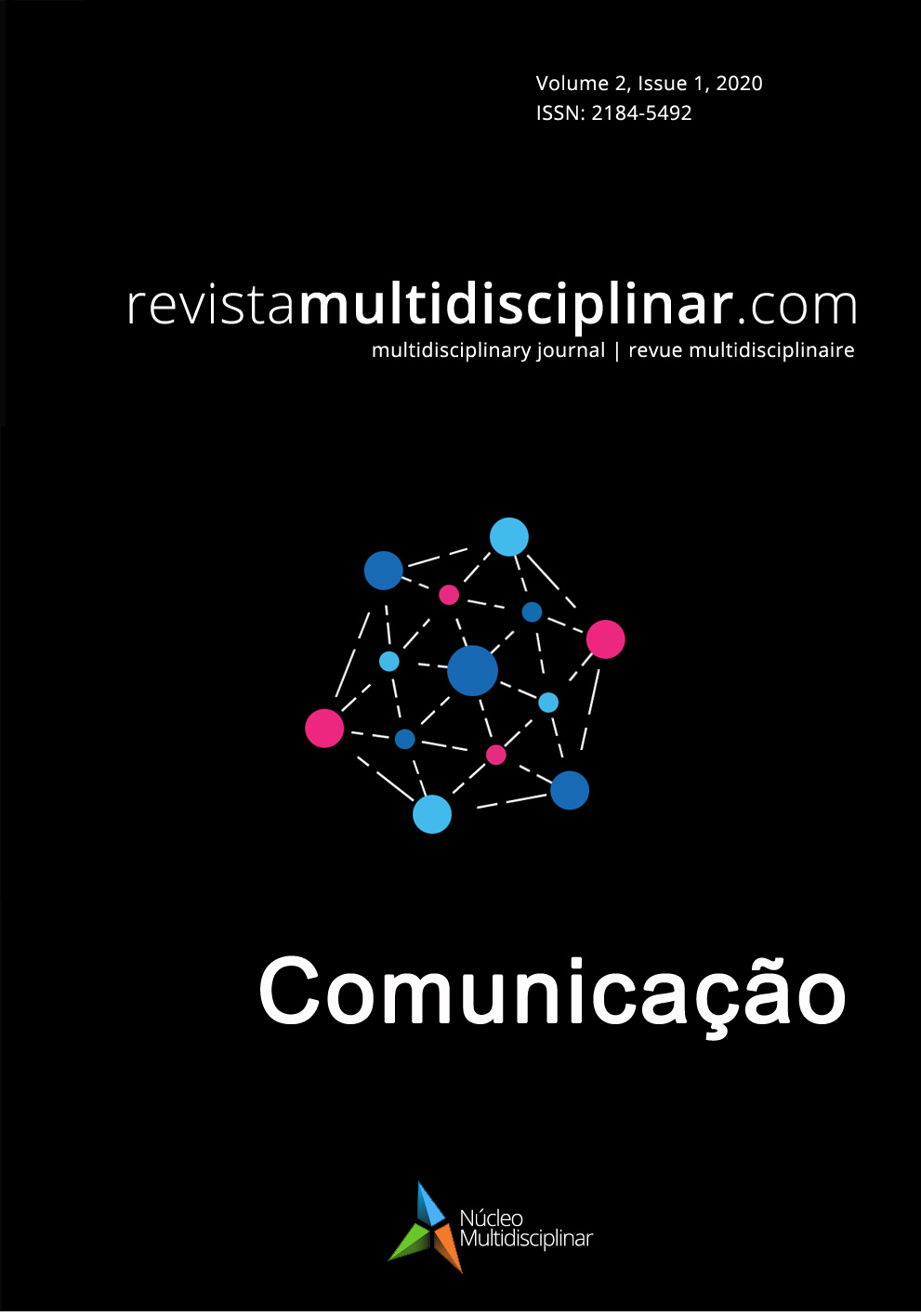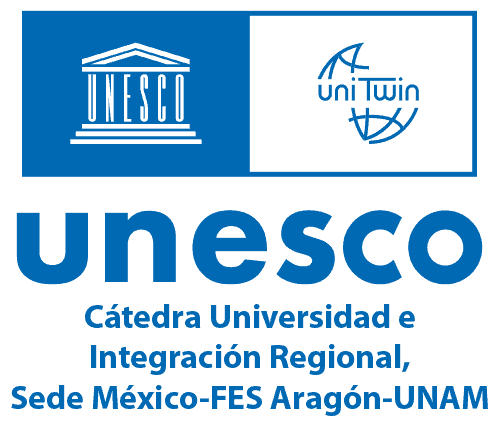Neuropoliting: un análisis sobre discursos preelectorales televisivos en Ciudad de México
DOI:
https://doi.org/10.23882/MJ2025Palabras clave:
atención, emoción, comunicación política, neuropoliting, televisiónResumen
Este trabajo recoge los resultados de un experimento de neurociencia aplicada a la comunicación política, disciplina también conocida como Neuropoliting. En concreto, se analizó la actividad electrodérmica de un grupo de 14 personas de forma simultánea mientras presenciaban discursos políticos de alrededor de 3 minutos de cuatro políticos mexicanos (Gerardo Fernández Noroña, Pedro Ferriz de Con, Margarita Varela y Graco Ramírez). Los resultados ponen de manifiesto diferentes estructuras de discurso entre los políticos mencionados que tuvieron resultados distintos en términos atencionales y emocionales, lo que indica diferentes modelos o estilos discursivos. También se pudo relacionar incrementos de atención y emoción, resultando por tanto más importante la generación de emoción en tramos atencionalmente elevados. Finalmente, se elaboró un ranking oratorio, destacando Graco Ramírez y Margarita Varela.
Citas
Abi-Rached, J. (2008) “The implications of the new brain sciences”. Embo reports. 9(12) 1158-1162.
Aiger, M., Palacín, M.; & Cornejo, J. M. (2013). La señal electrodérmica mediante Sociograph: metodología para medir la actividad grupal. Revista de Psicología Social, 28(3), 333-347.
Ariely, D., & Berns, G. (2010). Neuromarketing: the hope and hype of neuroimaging in business. Nature Reviews Neuroscience, 11, 284-292.
Blumental, S. (1982). The permanent campaign. New York: Simon & Schuster.
Cortina, A. (2011). Neuroética y neuropolítica. Sugerencias para la educación moral. Madrid: Tecnos.
Connolly, W. (2002). Neuropolitics: Thinking, Culture, Speed. Minneapolis: University of Minnesota Press.
De Oliveira, O., & García, B. (1987). Encuestas, ¿hasta dónde? Revista Mexicana de Sociología, 49(1), 335-351.
García-Marzá, D. (2013). Neuropolítica y democracia: un diálogo necesario. Revista Internacional de Filosofía, 59, 171-182.
Heclo, H. (2000). Campaigning and Governing: A Conspectus. In Ornstein, N. & Mann, T. (eds.). The Permanent Campaign and its Future. Washington DC: American Enterprise Institute and the Brookings Institute.
Kaplan, J. T., Freedman, J., & Y Iacoboni, M. (2007). Us versus them: Political attitudes and party affiliation influence neural response to faces of presidential candidates. Neuropsychologia, 45(1), 55-64.
Karmarkar, U., Yoon, C., & Plassmann, H. (2015). Marketers should pay attention to fMRI. Harvard Business Review. (goo.gl/5tDXbJ) (2016-09-12)
Ledoux, J. (1996). The emotional Brain. New York: Simon & Schuster.
Ledoux, J. (2000). Emotion circuits in the brain. Annu. Rev. Neuroscience. 23, 155–184
Martínez-Herrador, J.L., Garrido-Martín, E., Valdunquillo-Carlón, M.I., & Macaya Sánchez, J (2008). Análisis de la atención y la emoción en el discurso político a partir de un nuevo sistema de registro psicofisiológico y su aplicación a las ciencias políticas DPSA. Documentos de trabajo del Departamento de Psicología Social y Antropología, 2.
Martínez-Herrador, J.L., Monge-Benito, S., & Valdunquillo-Carlón, M.I (2012). Medición de las respuestas psicofisiológicas grupales para apoyar el análisis de discursos políticos Tripodos, 2, 53-72.
Needhan, C. (2005). Brand leaders: Clinton, Blair and the limitations of the permanent campaign. Political Studies, 53, 343-361.
Orzan, G., Zara, I., & Purcarea, V.L. (2015). Neuromarketing techniques in pharmaceutical drugs advertising. A discussion and agenda for future research. Journal of medicine and life, 5(4), 428-432.
Reimann, M., Castano, R., Zaichkowsky, J., & Bechara, A. (2012). Novel versus familiar brands: an analysis of neurophysiology, response latency and choice. Marketing letters, 23(3), 745-759. doi: 10.1007/s11002-012-9176-3
Spezio, M. L., Rangel, A., Alvarez, R. M., O’Doherty, J. P., Mattes, K., Todorov, A., Hackjin, K., & Adolphs, R. (2008). A neural basis for the effect of candidate appearance on election outcomes. Social Cognitive and Affective Neuroscience, 3(4), 344-352.
The World Health Report (2001). Mental Health: New Understanding, New Hope. Geneva, Switzerland: World Health Organization.
Topuhami, Z., Ouazzani, B., Larbi, J., Mohamed, C., Yahya, E.M., Hadj O., & Benmar, A. (2011). Neuromarketing: Where marketing and neuroscience meet. African Journal of Business Management, 5(5): 1528-1532.
Vecchiato, G., Cherubino, P., Maglione, A.G., Ezquierro, M.T.H., Marinozzi, F., Bini, F., Trettel, A., & Babiloni, F. (2014). Neurophysiological tools to investigate consumer´s gender differences during the observation of TV commercials. Computational and mathematical methods in medicine, 91, 29-81. doi: 10.1155/2014/912981
Villarejo, A., & Camacho, A. (2009). Neuropolítica. La neurociencia visita la política. Neurología Suplementos. 5(1), 8-12.
Descargas
Publicado
Cómo citar
Número
Sección
Licencia
Derechos de autor 2020 Alejandro Tapia Frade, David Varona Aramburu

Esta obra está bajo una licencia internacional Creative Commons Atribución-NoComercial 4.0.









